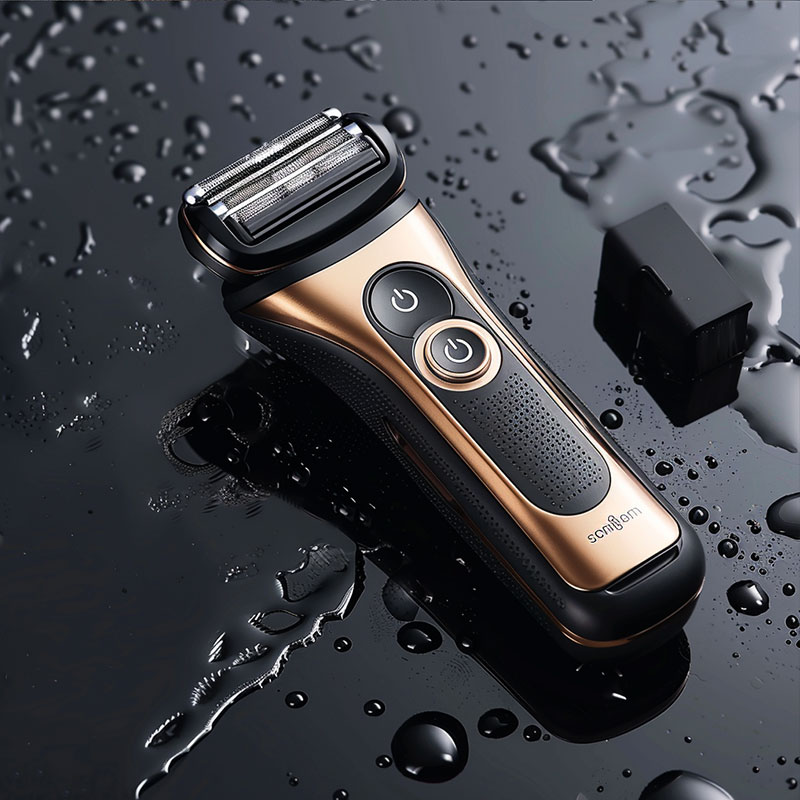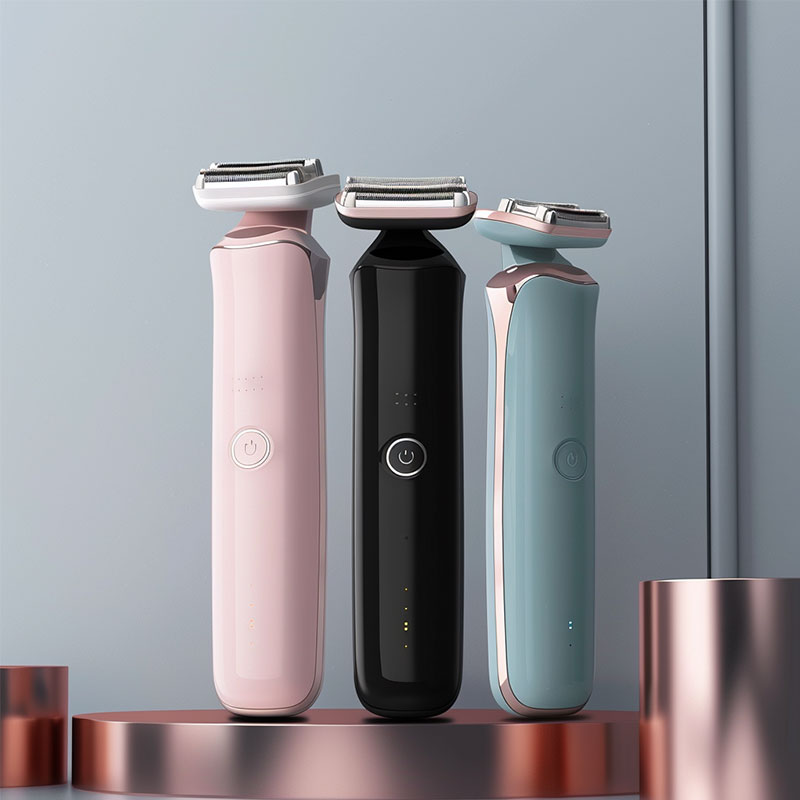I. Global Electric Shaver Market Status and Procurement TrendsAccording to Statista data, the global electric shaver market reached $21.7 billion in 2023, with a stable annual growth rate of 4.2%. The two mainstream technology routes show obvious regional differentiation:Rotary shavers account for 63% of the market share (represented by Philips) and dominate the
According to Statista data, the global electric shaver market reached $21.7 billion in 2023, with a stable annual growth rate of 4.2%. The two mainstream technology routes show obvious regional differentiation:
Rotary shavers account for 63% of the market share (represented by Philips) and dominate the Asian and emerging markets.
Reciprocating shavers have a 58% penetration rate in the European and American markets (Braun and Panasonic are the main brands), and are especially favored by users with beards.
The three core concerns of industry procurement are as follows:
Technical adaptability (for example, the hotel industry requires quiet models, and the aviation industry prefers portable designs).
Total cost of ownership (blade replacement frequency and maintenance costs).
Certification compliance (export qualification requirements such as CE/FDA).

Technical Parameters | Rotary Shavers | Reciprocating Shavers |
Drive Method | Circular blade rotates for cutting (3,000 - 5,000 revolutions per minute) | Linear reciprocating motion (6,000 - 22,500 times per minute) |
Applicable Scenarios | Daily care for soft/short beards | Efficient shaving of thick/coarse beards |
Facial Fit | 360° floating blade head (strong adaptability to curved surfaces) | 3D elastic blade head (manual angle adjustment required) |
Tested data as evidence (Source: German TÜV test report):
Under the same beard density, the single - pass shaving rate of reciprocating shavers is 15% - 22% higher than that of rotary shavers.
The operating noise of rotary shavers is generally below 50 dB, while the average of reciprocating shavers reaches 65 dB.
Blade net technology:
Rotary shavers adopt the Dutch self - grinding technology (blade head life of more than 5 years).
Reciprocating shavers use Japanese fine - steel ultra - thin blade nets (with a thickness of only 0.05 mm, but need to be replaced every 1 - 2 years).
Motor performance:
Reciprocating shavers are equipped with linear motors (instantaneous power increased by 30%).
Rotary shavers use magnetic levitation motors (energy consumption reduced by 20%).
Innovation of rotary shavers: Philips' SkinIQ system adjusts the rotation speed in real - time through sensors (reducing skin irritation).
Breakthrough of reciprocating shavers: Braun's Sonic wave technology (10,000 micro - vibrations per minute reduces pulling sensation).

Target Market | Recommended Technology Route | Core Basis |
Europe and America | Reciprocating (accounting for 72%) | Large population base with thick beards |
Southeast Asia | Rotary (accounting for 89%) | Prominent demand for quietness in hot and humid climates |
Middle East | Custom - made reciprocating models | High - frequency use scenarios brought by religious culture |
2. Industry Procurement Solutions
Hotel/aviation industry: Give priority to models with a decibel value of less than 55 dB (such as the Coolbo T1 series).
Gift customization market: Recommend basic rotary models that support laser engraving (cost reduced by 25%).
Medical field: Adopt professional reciprocating models with disinfectable blade heads (meeting the ISO 13485 standard).
Cost control: The blade heads of rotary shavers adopt an integrated injection - molding process (yield rate increased to 98%).
Certification compliance: Reciprocating shavers need to pass the IEC 60335 - 2 - 8 motor special test (mandatory requirement in the EU).
Localized improvement: Models sold in tropical regions need to add a moisture - proof coating (humidity tolerance increased by 3 times).
Rotary and reciprocating electric shavers each have their own advantages in technical characteristics and business scenarios. Procurement decisions need to comprehensively consider the target user profile, usage scenario requirements, and long - term operating costs. It is recommended to establish a scientific procurement evaluation system through actual measurement of technical parameters and on - site audits of the supply chain.
